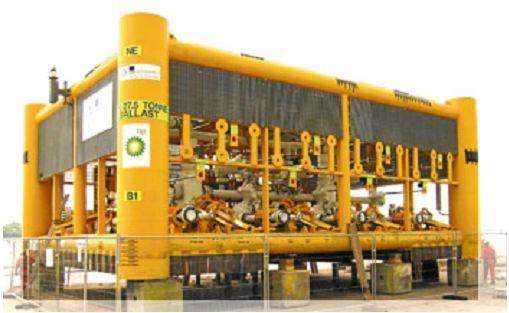
All signs point to a brighter 2018 for an Aberdeen-based oilfield signage designer.
Like most service companies, Aquasign suffered during the downturn, but is eyeing a pick-up in business.
Sales director Emma Learmonth has been part of the business for about 13 years and had seen a few twists and turns in her time.
Ms Learmonth said: “The downturn had quite a significant impact on our business because our products were largely targeted at new project builds.
“It’s far easier to apply our products when equipment is being manufactured.
“During the downturn a lot of projects were put on hold or not sanctioned while the oil price was low.
“There has been a lot of tendering going on, but not a lot of project awards. A lot of our customers are in the same boat as one another.
“Luckily, we are a global supplier. Trading in places like Australia has kept us going. I’m positive about what we’re seeing in the North Sea this year and the number of projects we’ll see.”
Ms Learmonth said Aquasign had a number of product developments relating to underwater application in the pipeline.
“We’ve used the downturn to develop a range of subsea signs which can be attached to structures already under water,” she said.
“We’re looking at repair and maintenance, which wasn’t the case before the downturn.
“We’ve seen an increase in that, with operators increasingly wanting to track equipment.”
She said high visibility material was being developed for deep water signage which will show up well in the murky depths.
The company makes all types of oilfield signage for topside and subsea structures to enhance long-term operational performance and safety.
Its underwater markers can resist “fouling” by marine growth for up to 60 years.
They were invented by Shell Chemicals with the first version sold by Blacksmith Chemicals Services, its joint venture subsidiary, in 1985.
In 1996, Champion Technologies bought the Aquasign patents from Shell and created a subsidiary, Aquasign, to focus on the design and manufacture of subsea equipment marking systems.
Ms Learmonth said working in different parts of the world brought different challenges.
She said: “Trying to attach our products is easier in Scotland because it is colder. In Malaysia, where temperatures are 30-40 degrees Celsius, the humidity makes it difficult.”
Recommended for you
